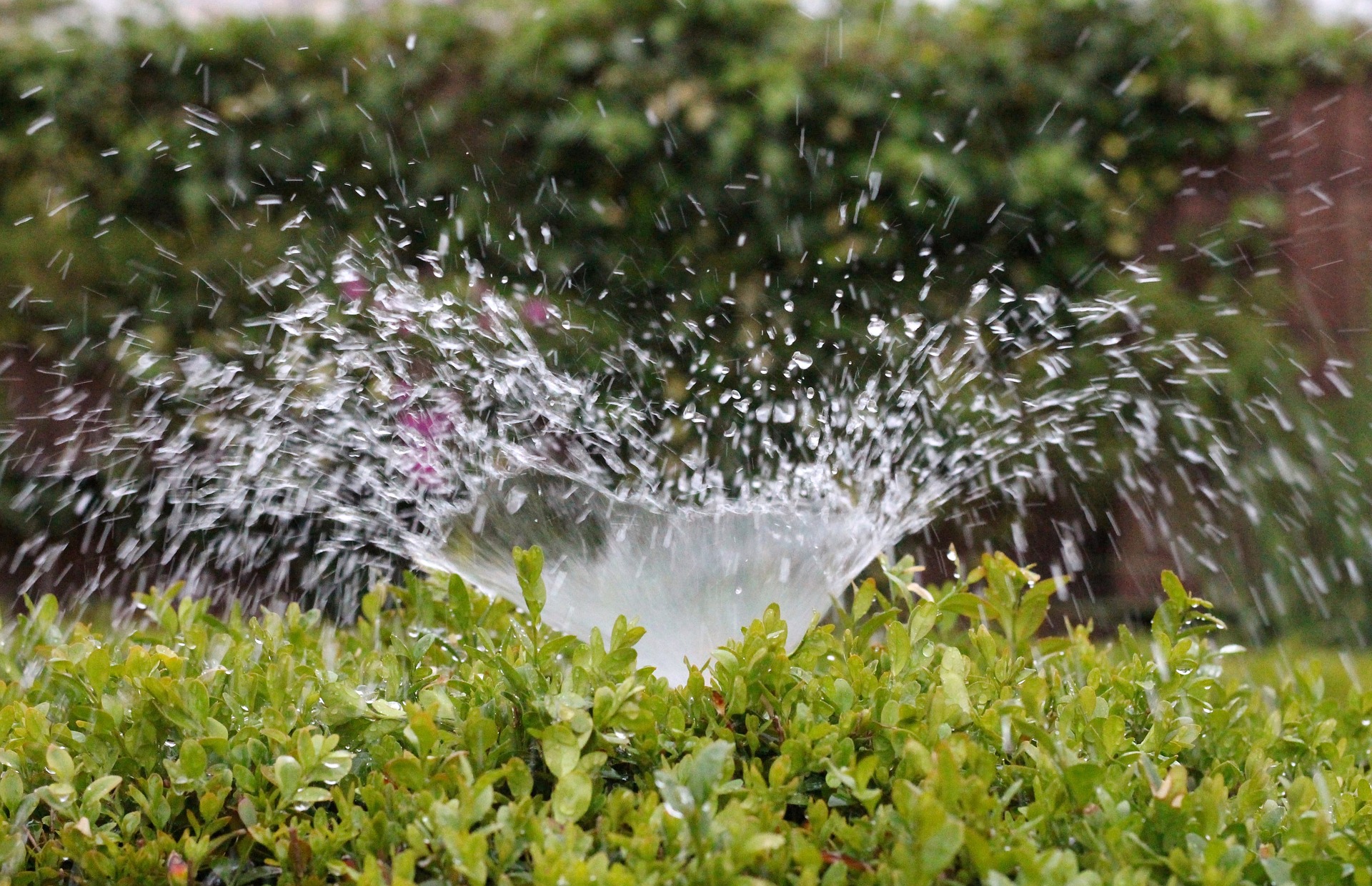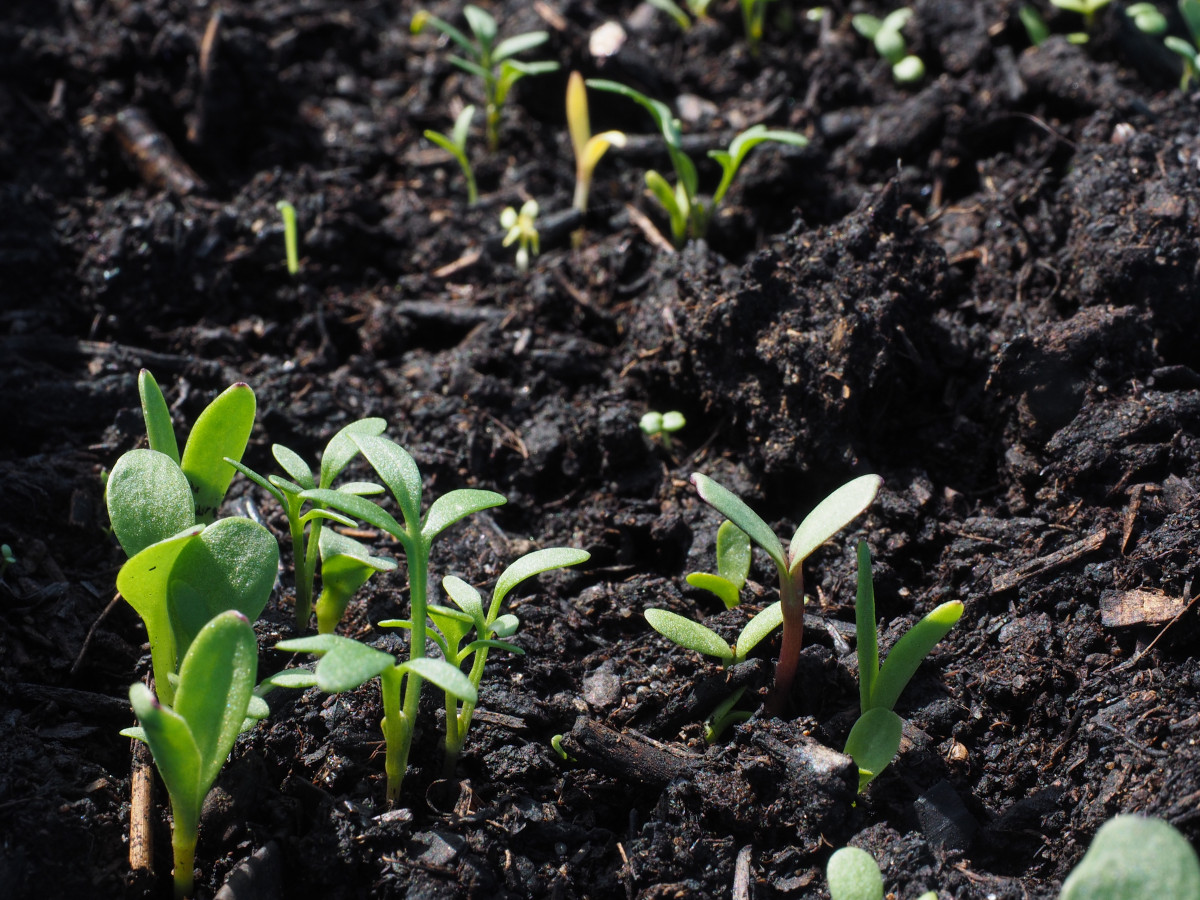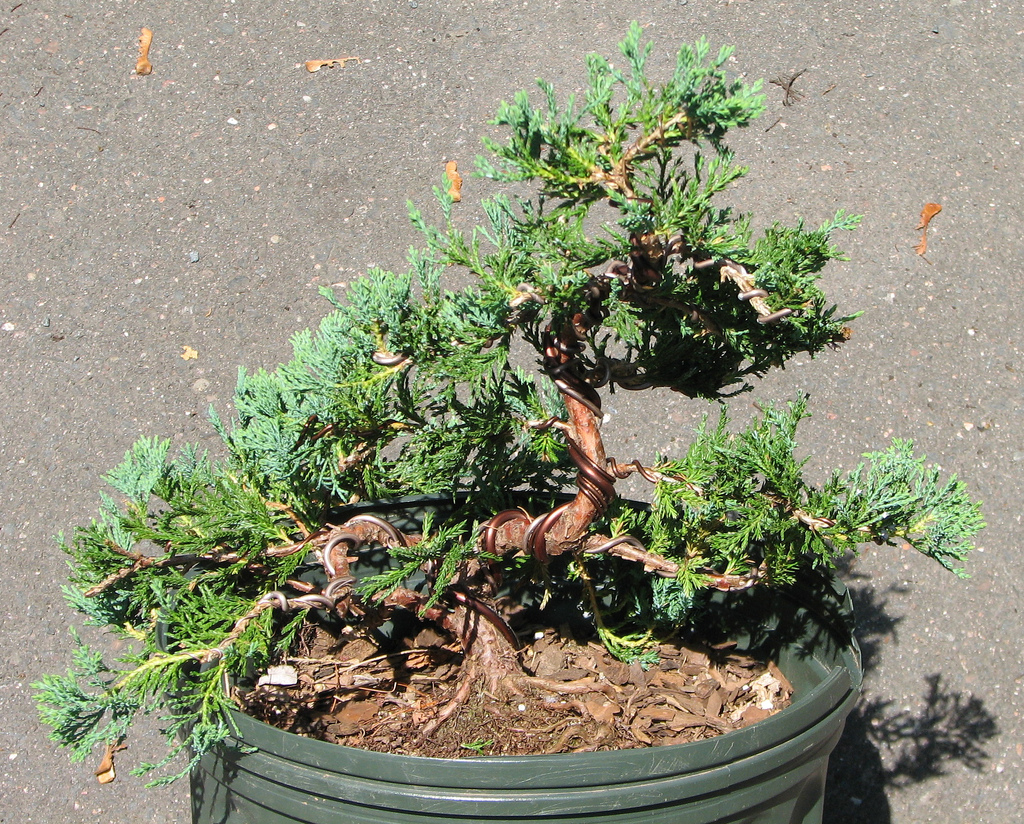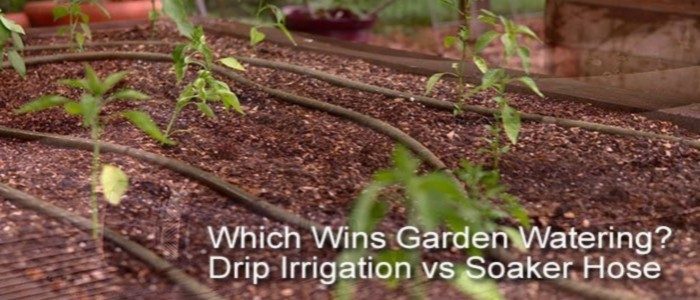
When it comes to thinking about delivering water to all the thirsty crops. Several options exist for irrigating your garden, and each one has its benefits and limitations. The size, location, and configuration of your garden will influence which system works best for you.
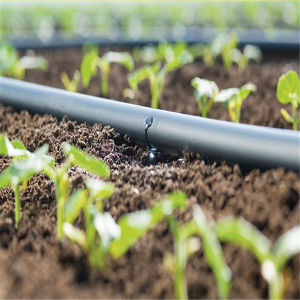
What is Drip Irrigation Systems?
A drip irrigation system consists of long tubes fitted with emitters. Secondary tubes branch off the main water line, which may be connected to a tap fitted with a pressure regulator, filter, and backflow valve. Drip systems are usually made from polyethylene plastic and are widely available from irrigation suppliers and hardware stores.
Benefits:
- Drip irrigation systems deliver water directly to the base of your plants, meaning that little is misdirected or lost to evaporation. Since they generally water slowly, over a long period of time, the water penetrates over a broad radius and deep into the root zone.
- If your garden is on a slope, you can install pressure-compensating emitters to ensure all areas of your garden receive equal amounts of moisture, no matter how hilly. You can also choose customized emitters to work with your garden’s soil type.
- If you inadvertently stab part of your drip system with a digging fork, it’s easy to repair and reconfigure by purchasing replacement parts. Splicing and fixing usually require no specialized tools.
- Drip systems work well on timers and can easily be scheduled to operate in the middle of the night in hot climates when evaporation is least likely to occur.
Disadvantages:
- The emitters on drip systems can become clogged over time, requiring periodic inspection and some maintenance.
- Drip systems usually involve a healthy up-front investment. They also take time and planning to set up.
- In some systems, wind can misdirect the moisture from drip irrigation, wasting water and missing the desired ground area to be wetted. You can avoid this by not watering in strong wind and by ensuring your drip line is flat on the ground and designed to drip rather than spray.
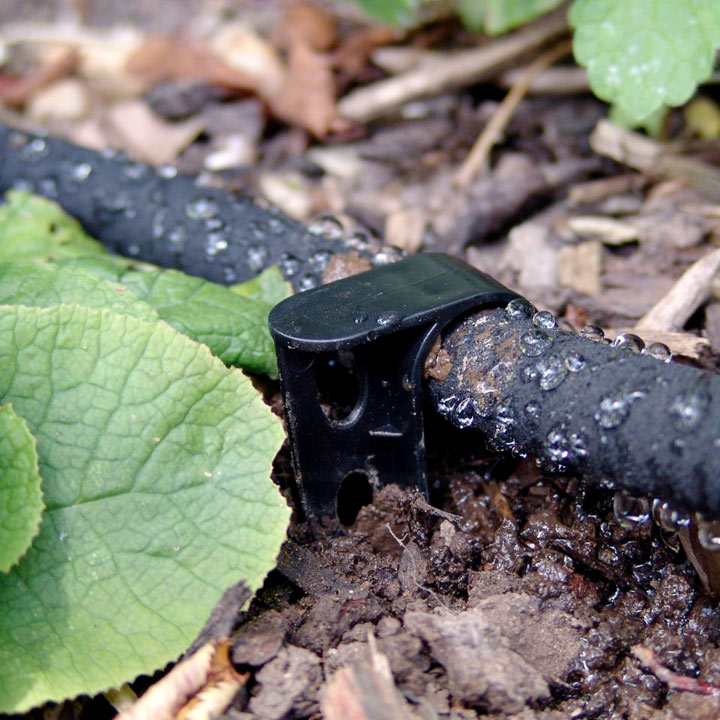
Soaker Hoses
A soaker hose is a porous tube that looks like a garden hose, except that it ‘weeps’ water along its entire length. Placed on the surface of your soil, soaker hoses deliver water steadily to your plants. Most soaker hoses are made from some combination of rubber and polyethylene plastic, but some BPA-free, polyurethane models are now available.
Benefits:
- Soaker hoses provide reliable water delivery at ground level, helping the foliage on your plants remain dry and free from fungal growth.
- Installing a soaker hose is easy: simply hook up to the nearest faucet or rain barrel and snake around the plants you want watered.
- Soaker hoses usually have a low up-front investment for the average home garden. They work well on timers to further conserve water.
- Pressure regulators are usually not necessary with soaker hoses. Adjust the water pressure by opening or closing the flow from the tap.
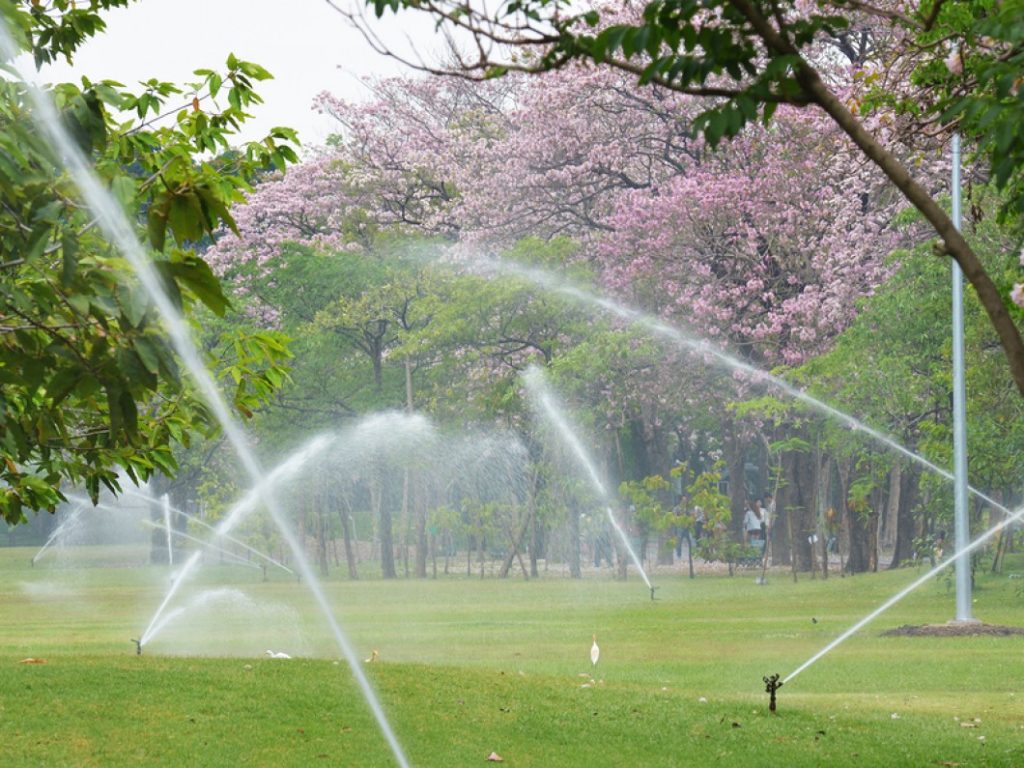
Disadvantages :
- Soaker hoses are not as versatile in their configuration possibilities as drip systems. It’s not possible to close off sections of a soaker hose while allowing others to remain open.
- Soaker hoses work best on level ground since they don’t allow for pressure adjustment at different points along their length.
- Soaker hoses are less precise than drip systems and can’t be installed underground.
- If you damage a soaker hose, it’s more difficult to repair. Sun damage and degradation can also take place over time. You can solve this by covering with a light mulch.
Which irrigation system is best?
When should I use soaker hoses?
- Soaker hoses work best for smaller gardens on level ground. In most cases they come with an inexpensive start-up cost and are easy to install and configure just by snaking around plants. They work very well in raised beds.
When should I use drip irrigation?
- Drip irrigation works best in larger gardens configured in long, straight rows. Their versatility makes them a good choice for gardeners dealing with the sloped ground. The higher start-up cost means a larger investment, but most drip systems will perform for years to come.
How to get most of your irrigation system?
- Stake down drip lines about once every three feet using landscaping staples or sections of wire hangers bent into a “U” shape.
- To water tree roots directly, consider a tree ring soaker hose.
- If you’re installing drip irrigation on a slope, install an air vent at the highest point on each circuit. Air vents (also known as air relief valves) prevent debris from entering your lines via suction. They also prevent trapped air from accumulating in the system, causing inaccurate meter readings and eventual damage. Mount air vents on risers connected to the top of the line when directed by your system manufacturer.
